Free Courses Sale ends Soon, Get It Now


Free Courses Sale ends Soon, Get It Now


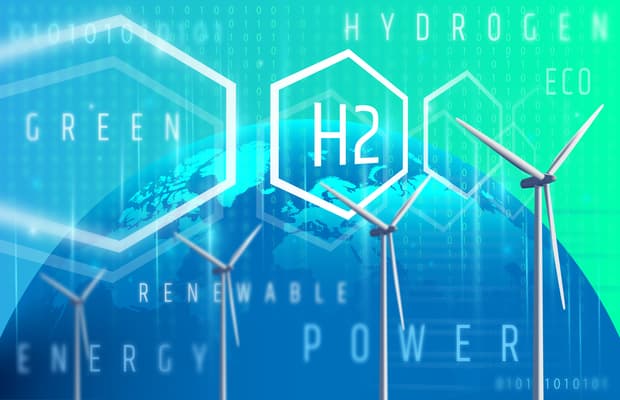
Disclaimer: Copyright infringement not intended.
Context
National Hydrogen Mission
Features of National Hydrogen Mission
Hydrogen as a fuel
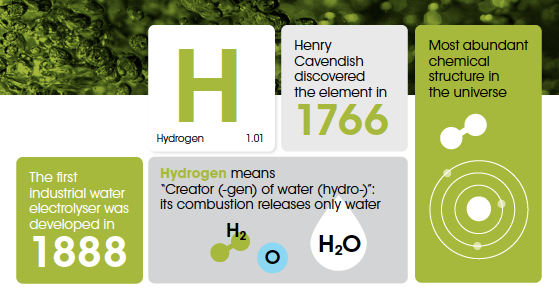
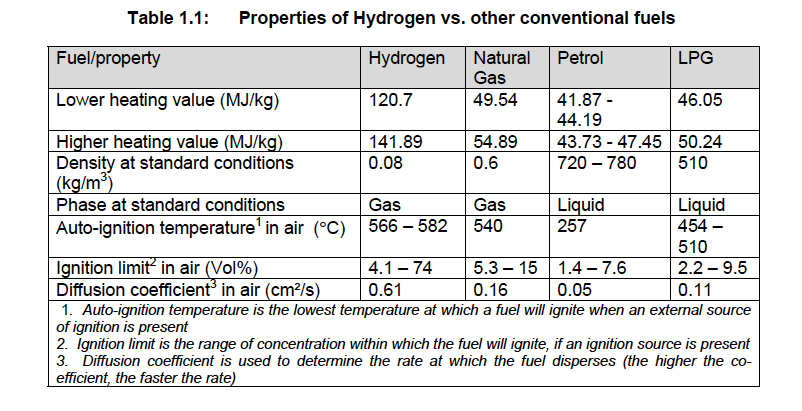
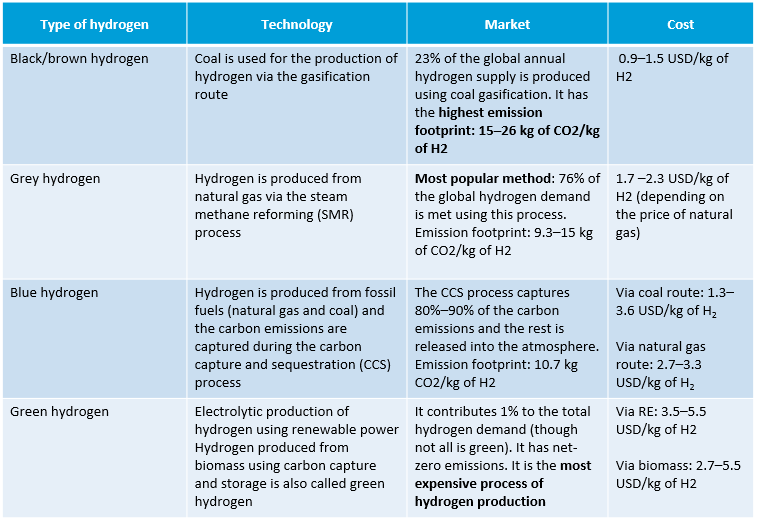
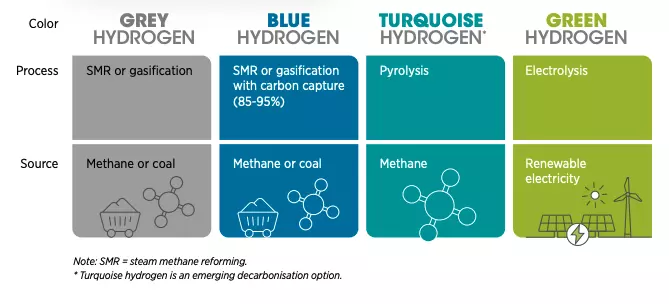
What is green hydrogen?
India and green hydrogen
Why to opt for Green Hydrogen?
Challenges in making Green Hydrogen
What can be done to build a global-scale green hydrogen industry?
Final Thoughts
https://pib.gov.in/PressReleasePage.aspx?PRID=1812023
© 2024 iasgyan. All right reserved